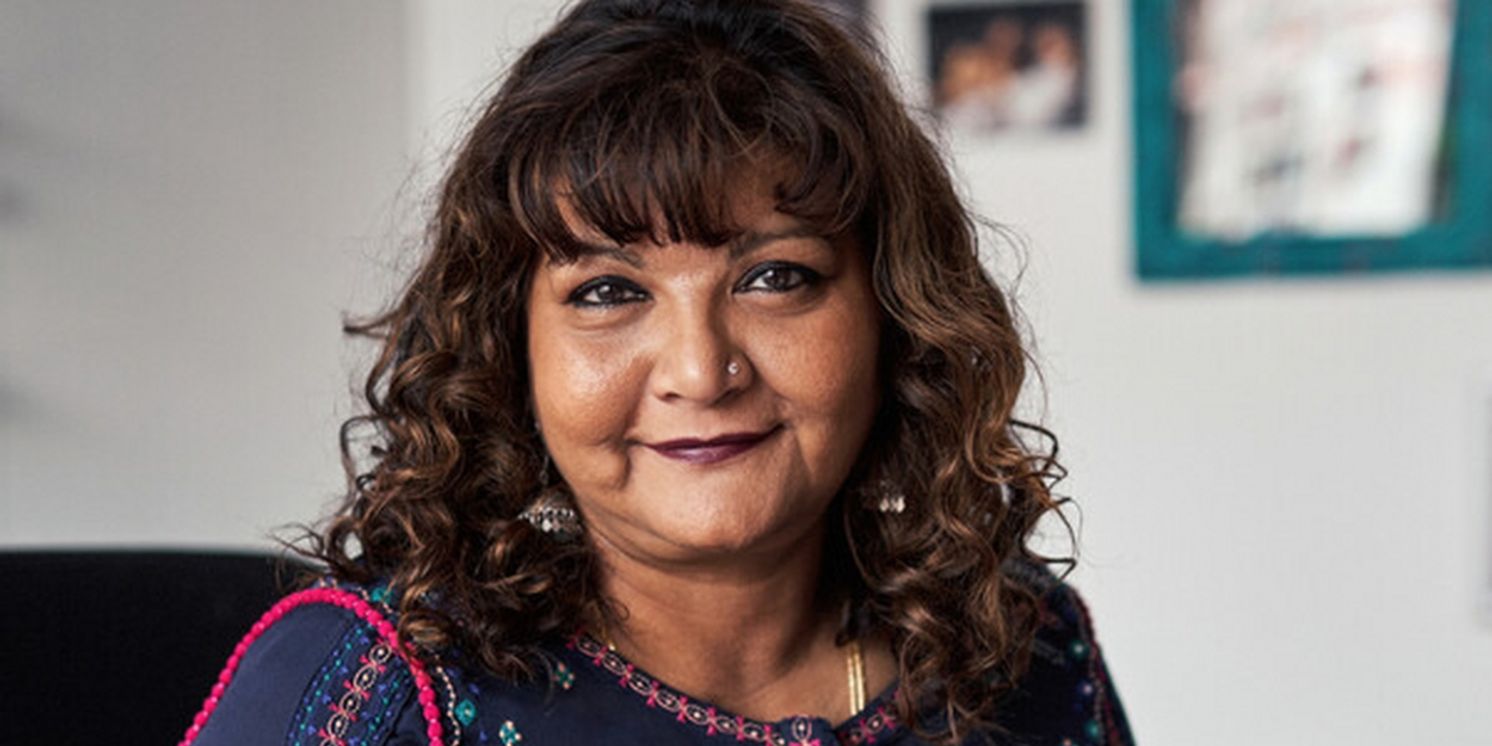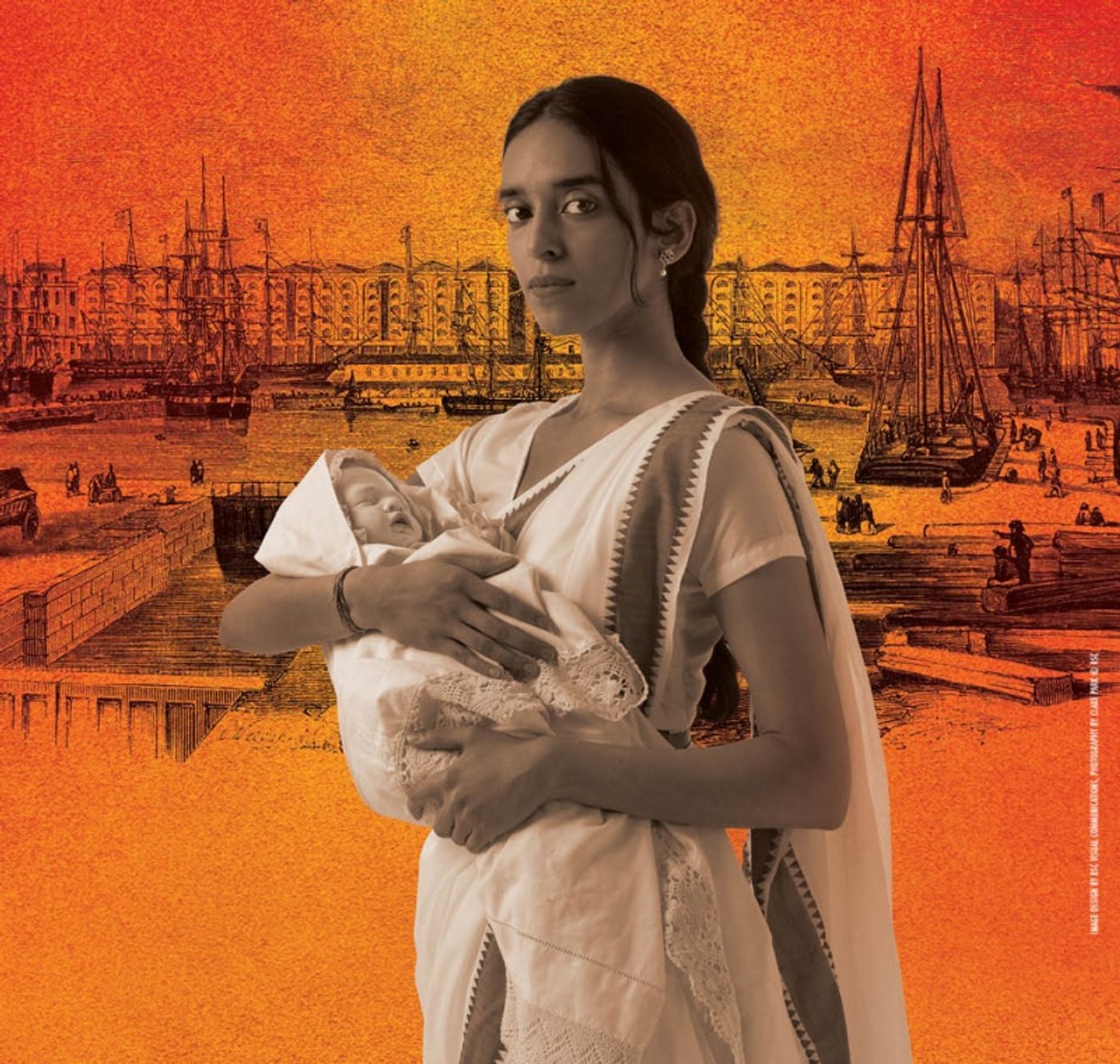Guest Blog: 'Representation is at the Heart of my Play': Playwright Tanika Gupta on Hidden Histories, Immigration and Cultural Diversity in THE EMPRESS
"It is part of all our histories and futures together."

My play The Empress first premiered at the Royal Shakespeare Company (RSC),Swan Theatre a decade ago in 2013 under the Artistic Directorship of Michael Boyd. A decade later, this play is having a revival back in the Swan Theatre and the Lyric Hammersmith with a new production, a refreshed script and a different director. Since the play was first produced, it has been has been added to the GSCE English Literature curriculum as part of the Lit In Colour Campaign: an initiative to diversify the curriculum.
The Empress for me, is a coming together of my interest in history, my parents' story of immigration, the people who came here not just to make a better life for themselves, but from whose work we have gained so much. Representation is at the heart of my play as it tackles themes of migration and belonging which have a renewed resonance in 2023; the refugee crisis is ongoing and, here in the UK, the immigration debate remains divisive. The play also looks deeply into the lasting legacies of the British Empire and the divisions between the rich and the poor.
In my early twenties, I read a wonderful book by Rozina Visram Ayahs, Lascars and Princes, Indians in Britain 1700-1947. I was fascinated by the book, the stories and photos within it and the alternative history of Indian immigration.
Visram’s book had it all – but it was a history I had never read before, not even as a History undergraduate at Oxford. My initial inspiration came from an old black and white photograph taken in an Ayah’s home in Aldgate in the 19th century. (Ayahs was a term used for Indian nannies) The picture of a group of Asian women sat around a table sewing and reading, wearing saris and Victorian dress, intrigued me. What were these women all doing in East London at the turn of the nineteenth century?

Photo Credit: Clare Park (c) RSC
Essentially The Empress is a period drama, set in the last thirteen years of Queen Victoria’s rule and whilst the title alludes to the fact that Victoria was named ‘Empress of India’, the real Empress of the play is 16 year old Rani, who arrives at Tilbury docks in 1887 as an Ayah to English children returning to Britain with their family. As soon as the boat lands, Rani is cruelly dismissed by her employers and forced to fend for herself in an alien country. The play follows the fortunes of the young Rani, one of many such Indian domestic servants working for British families at the time.
I spent time in the British library researching Indian immigration in the nineteenth century to Britain and came across so many historical characters who I wanted to bring to life in my play: Dadabhai Naoroji- the first Indian Liberal Party member of Parliament elected in 1892, Abdul Karim, the Queen’s closest confidante and Munshi (teacher), the Indian lascars who worked the ships transporting cargo and people across the seas from the colonies, Lascar Sally – a Hindi speaking English woman who ran a boarding house for Lascars, the teenage Mohandas Gandhi and Mohammed Ali Jinnah – all of whom were in London at the time.

Photo Credit: Ellie Kurttz (c) RSC
I wanted to dramatise these hidden histories and vibrant, pioneering characters. Whilst there is very little written by the Ayahs themselves, the photograph taken in the ‘Ayahs Home’ tells a story which I built on. This home was set up when Christian charities became concerned for the welfare of the abandoned Ayahs and it provided accommodation for both Indian Ayahs and Chinese Amahs (who did a similar job to Ayahs). Established first in 1891, thousands of Ayahs went through it right up until 1947.
Though The Empress is set in the last years of the nineteenth century, it reflects the cultural diversity of London – when people from all over the colonies lived, struggled, thrived and contributed to British society. In essence it is part of all our histories and futures together.
The Empress is at The Swan Theatre, Stratford-Upon-Avon from 7 July - 18 November and at the Lyric Hammersmith from 4 - 28 October
Headshot Photo Credit: Simon Hadley (c) RSC
Videos

